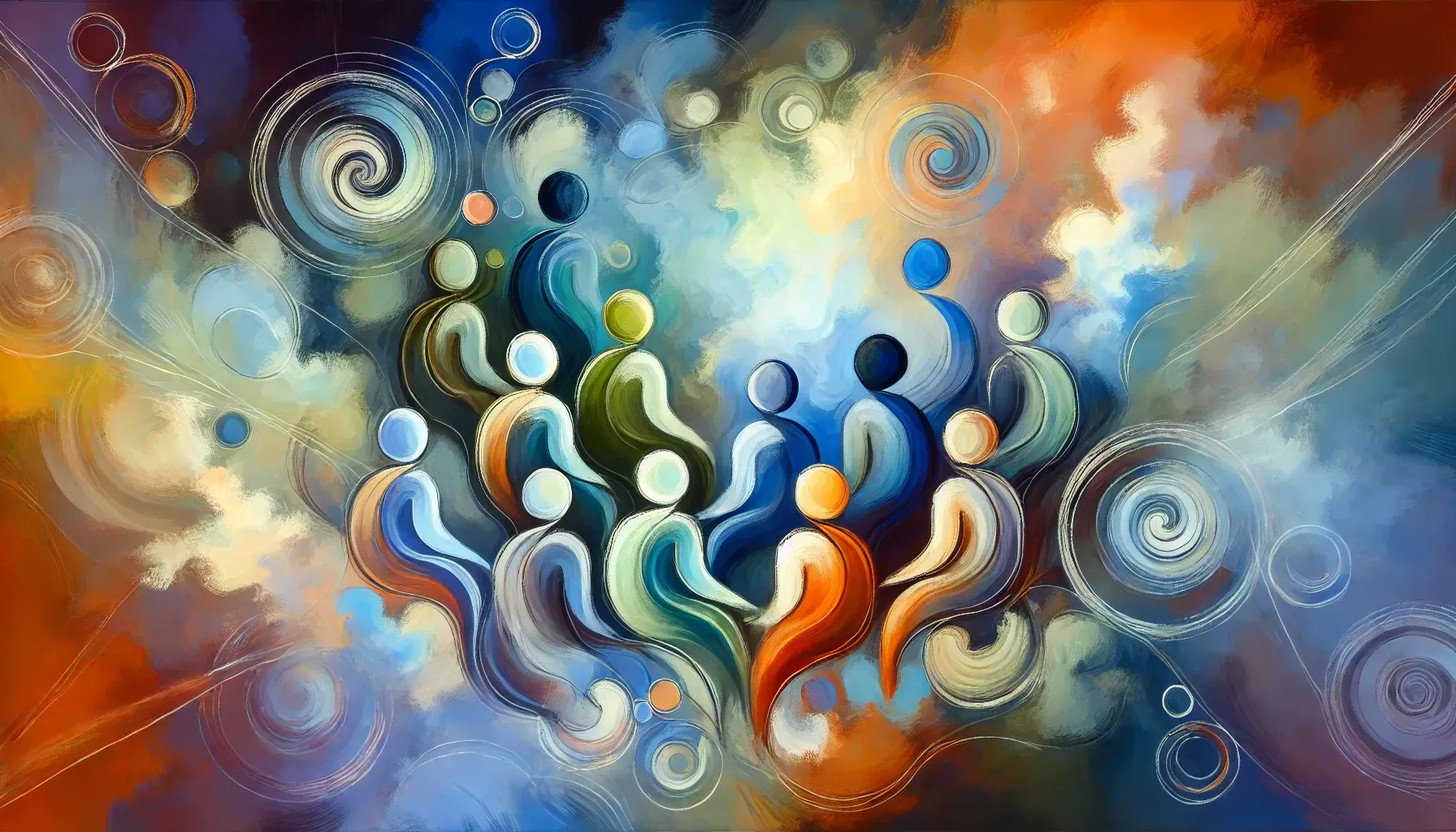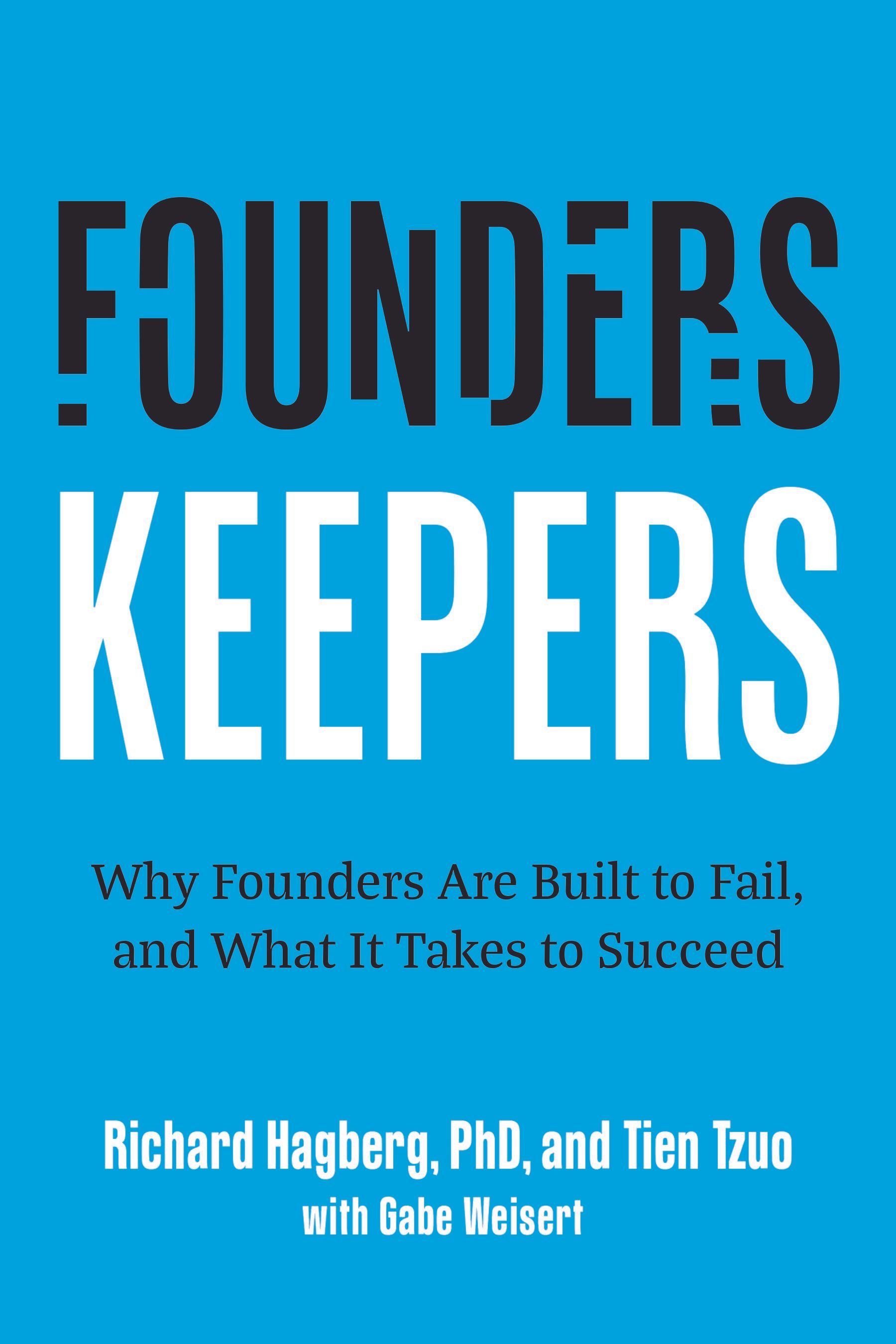Article
Safe to Speak: The Impact of Psychological Safety on Team Dynamics
Don't Just lead - create a safe environment for dialogue

The Power of Feeling Safe
Every decision has the potential to make or break a company, but one might assume that hard data and relentless drive are the keys to success. However, there’s an often-overlooked factor that can make or break team performance—psychological safety. This invisible yet potent force can transform teams from dysfunctional groups into collaborative powerhouses. But what is psychological safety, and why is it so crucial?
Psychological safety isn’t just a buzzword; it’s a critical component of team dynamics that, when cultivated, can lead to extraordinary outcomes. It’s not about creating a comfortable environment where no one ever feels challenged. Instead, it’s about ensuring that everyone on the team feels safe enough to take risks, voice their opinions, and share their ideas—no matter how controversial or unconventional they might be. This blog will explore why psychological safety is essential, how it impacts team performance, and what leaders can do to foster it.
What Is Psychological Safety, and Why Should You Care?
Psychological safety, a term coined by Harvard researcher Amy Edmondson, is the belief that you won’t be punished or humiliated for speaking up with ideas, questions, concerns, or mistakes. It’s the foundation of open communication, where team members feel free to express themselves without fear of retribution. But why is this so important?
When psychological safety is present, teams thrive. Members are more likely to admit mistakes, share ideas, and challenge each other's thinking, leading to better decision-making and innovation. On the other hand, without it, team members remain silent, disengaged, and afraid to contribute, leading to poor decisions and stagnation.
The value of psychological safety extends beyond just making team members feel good; it’s about enhancing the quality of team interactions. When people feel safe, they are more likely to collaborate, experiment, and engage in productive conflict—all of which are crucial for innovation and progress. In contrast, a lack of psychological safety can lead to groupthink, where dissenting opinions are suppressed, and suboptimal decisions are made. This is why psychological safety isn’t just a “nice-to-have” but a fundamental element of successful teams.
The Dark Side of Silence: How Leaders Kill Open Communication
Imagine being on a team where the leader dismisses your ideas, criticizes you openly, or pits team members against each other. This toxic behavior doesn’t just hurt morale—it destroys psychological safety. When leaders create an atmosphere of fear, team members learn to keep quiet, avoid conflict, and hide their true thoughts.
This silence is deadly. Research shows that decisions improve when all perspectives are considered, but when leaders are unwilling to listen, their biases go unchallenged, leading to flawed and often disastrous outcomes. From confirmation bias to overconfidence, unchecked leadership biases can steer an organization off course, all because team members don’t feel safe to speak up.
Leadership plays a pivotal role in either fostering or stifling psychological safety. Leaders who are overly critical or dismissive create a culture of fear, where team members are too intimidated to share their honest thoughts. This not only limits the flow of ideas but also undermines trust and collaboration within the team. In such environments, innovation grinds to a halt, and team members become disengaged, leading to a decline in overall performance. On the flip side, leaders who actively encourage open dialogue and treat every contribution with respect can transform the team dynamic, unlocking the full potential of their team members.
Psychological Safety: The Secret Ingredient in Google’s Recipe for Success
Google’s Project Aristotle, a massive study on teamwork, revealed that psychological safety is the most critical factor in effective teams. When team members feel safe, they’re more likely to take risks, admit they don’t know something, and ask for help. This openness leads to better problem-solving, more creativity, and stronger collaboration.
In contrast, teams lacking psychological safety struggle with communication, fail to innovate, and often make poor decisions. The takeaway? Psychological safety isn’t just a nice-to-have; it’s a must-have for any team that wants to succeed.
Google’s findings underscore the importance of creating a team environment where psychological safety is prioritized. When team members feel psychologically safe, they’re more willing to voice dissenting opinions, which can lead to more robust discussions and better decision-making. Furthermore, psychological safety encourages continuous learning within the team. When mistakes are seen as opportunities for growth rather than failures to be punished, teams can learn and adapt quickly, leading to sustained success in a rapidly changing business landscape.
The Leader’s Role: Creating a Safe Space for Open Dialogue
As a leader, you hold the keys to creating psychological safety. It starts with how you treat your team members. Are you respectful? Do you listen without judgment? Do you encourage everyone to speak up, even if their ideas are half-formed? These behaviors are crucial in fostering an environment where everyone feels safe to contribute.
But it’s not just about being nice. Leaders must also be willing to call out negative behavior that threatens the team’s psychological safety. This means addressing disrespect, silos, and competitive attitudes that undermine collaboration. At the same time, positive behavior—like supportive and collaborative actions—should be recognized and rewarded.
Leaders also need to model vulnerability. Admitting when you don’t have all the answers or when you’ve made a mistake can set a powerful example for your team. It shows that it’s okay to be human and that mistakes are part of the learning process. This openness fosters a culture where team members feel comfortable taking risks and being honest about their challenges. Furthermore, leaders should focus on creating an inclusive environment where diverse perspectives are welcomed and valued. This not only enhances psychological safety but also drives innovation by incorporating a wide range of ideas and viewpoints.
The Ripple Effect: How Psychological Safety Transforms Teams
When psychological safety is established, the effects are profound. Teams become more resilient, innovative, and engaged. They’re willing to tackle tough problems, admit when they’re wrong, and build on each other’s ideas. This level of openness and trust not only leads to better decisions but also creates a culture of continuous learning and improvement.
In a world where business is more competitive than ever, psychological safety gives teams the edge they need to succeed. It’s the silent catalyst that turns average teams into unstoppable forces, capable of achieving extraordinary results.
The ripple effects of psychological safety extend beyond individual teams and can positively impact the entire organization. When psychological safety is woven into the fabric of a company’s culture, it encourages open communication at all levels, fosters cross-functional collaboration, and drives collective problem-solving. Moreover, it creates an environment where employees are more engaged and satisfied with their work, leading to higher retention rates and overall organizational success. In essence, psychological safety is the foundation upon which high-performing, innovative organizations are built.
Don’t Just Lead—Create a Safe Environment for Dialogue
Psychological safety might be an intangible concept, but its impact is anything but. For leaders who want to build high-performing teams, fostering a safe environment where open communication thrives is non-negotiable. So, take a step back, evaluate your leadership style, and ask yourself: Are you creating a space where your team feels safe to speak up? If not, it’s time to make some changes—because the success of your team depends on it.
Creating psychological safety is not a one-time effort but an ongoing commitment. It requires consistent action, reflection, and adjustment to ensure that all team members feel valued, heard, and respected. By prioritizing psychological safety, leaders can unlock the full potential of their teams, driving innovation, collaboration, and success in ways that might have previously seemed out of reach. Don’t just lead—create a safe space for greatness to emerge.
share this
Related Articles
Related Articles





